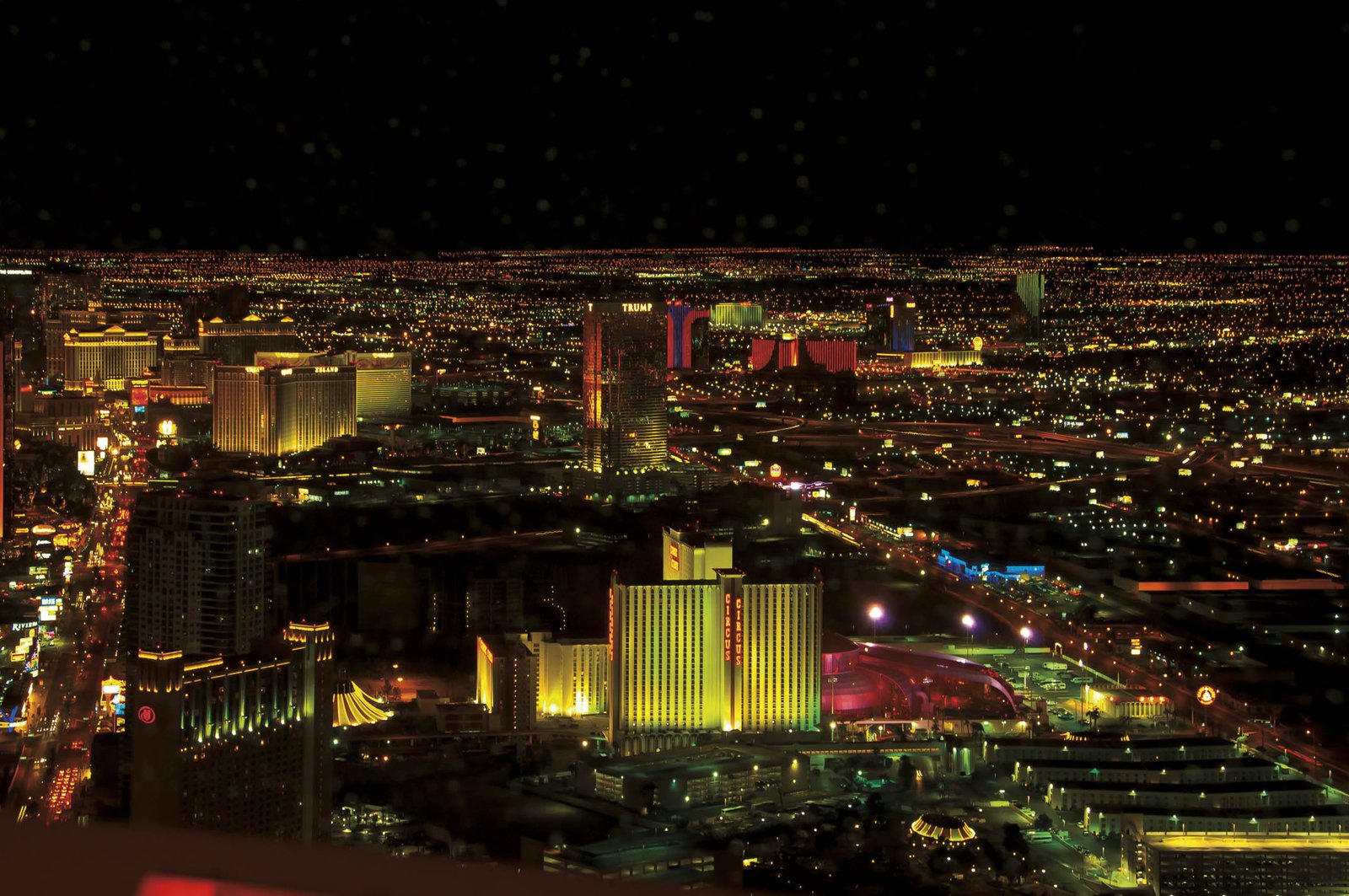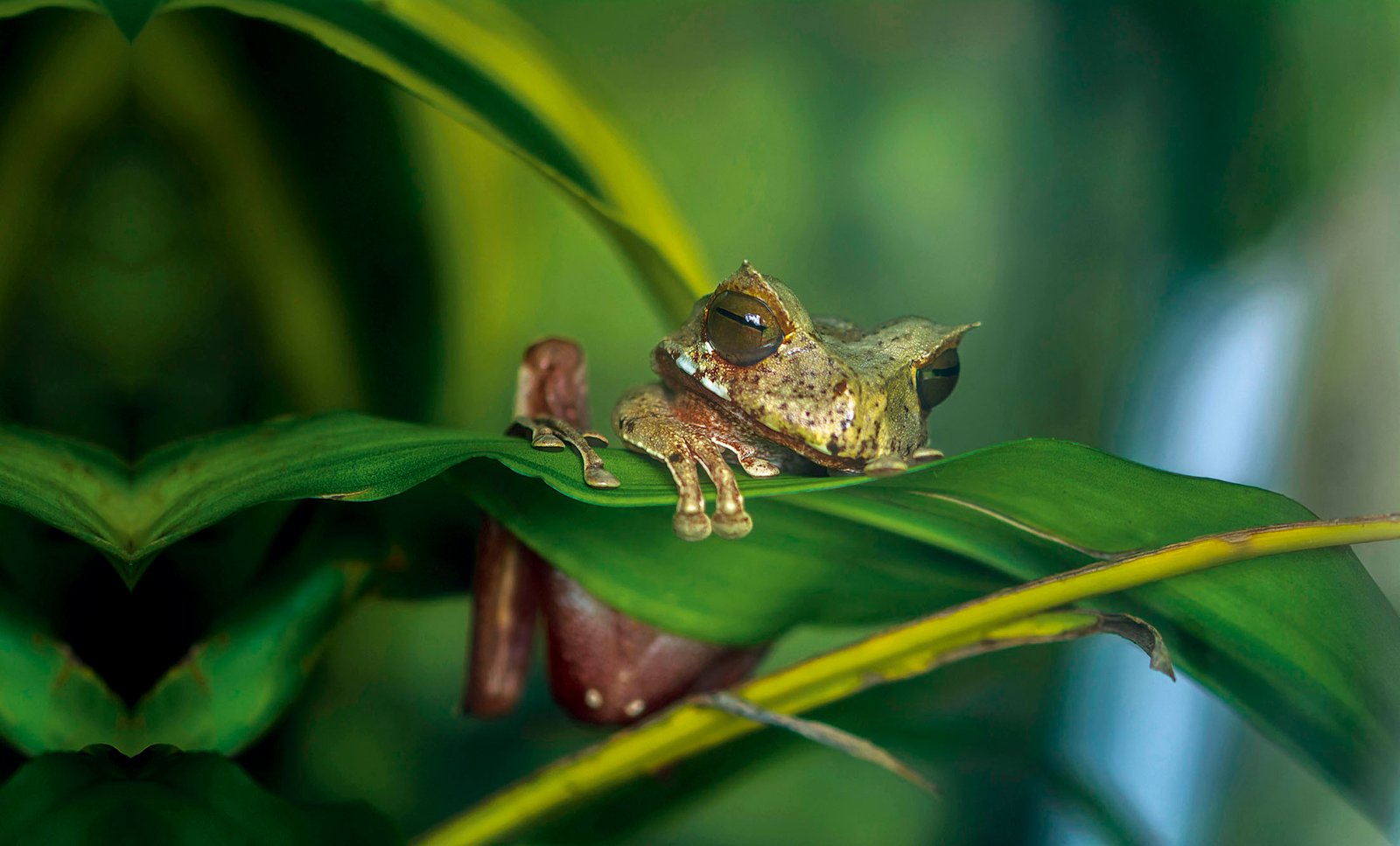
Mixologists Between Science and Magic
By: Juan Abelardo Carles Rosas
Photos: Mark Tomaras, Diageo
“A mixologist is to a bartender as a chef is to a cook,” summarized Luis Franco, stirring his coffee in the middle of the rowdy Isabella Club in Panama City. I was doing a little research on the unfamiliar term because Panorama de las Américas had asked me to cover the Diageo-sponsored World Class 2012 in Rio de Janeiro. Fortunately, Luis, one of the competitors, lives in Panama so I didn´t have to leave for Rio without some idea of what to expect.
“Mixology is the science of creating the perfect mixture. A regular bartender makes a piña colada, a strawberry daiquiri, or a margarita. A mixologist creates new recipes,” says this Venezuelan whose drink mixing skills brought him to Panama from his native Margarita Island. He competed against fifty local contenders for the right to represent the country in Rio where he will compete against forty-nine of the best mixologists from around the world. His passport was a cocktail inspired by a heroine of Venezuelan Independence. “I made a blue vodka infusion that included coriander leaves, lemon juice, and sugar; I used a molecular technique to create a thick froth with soy lecithin to give it a sea foam appearance: the cocktail was blue, topped with thick foam, and tasted like peaches.”
A molecular technique? The image of a man mixing and serving drinks in test tubes instead of a glass stuck in my head all the way to Rio. It disappeared, however, once I arrived at the almost mythological Copacabana Palace hotel in the host city. A party was held the previous evening at the sybaritic conclave in honor of the competitors, judges, journalists, Diageo executives, and special guests. It was like a mirage: men and women as diverse as the beverages they carried, all dressed in white, levitated around the Copacabana Terrace with the grace and subtlety of dervishes.
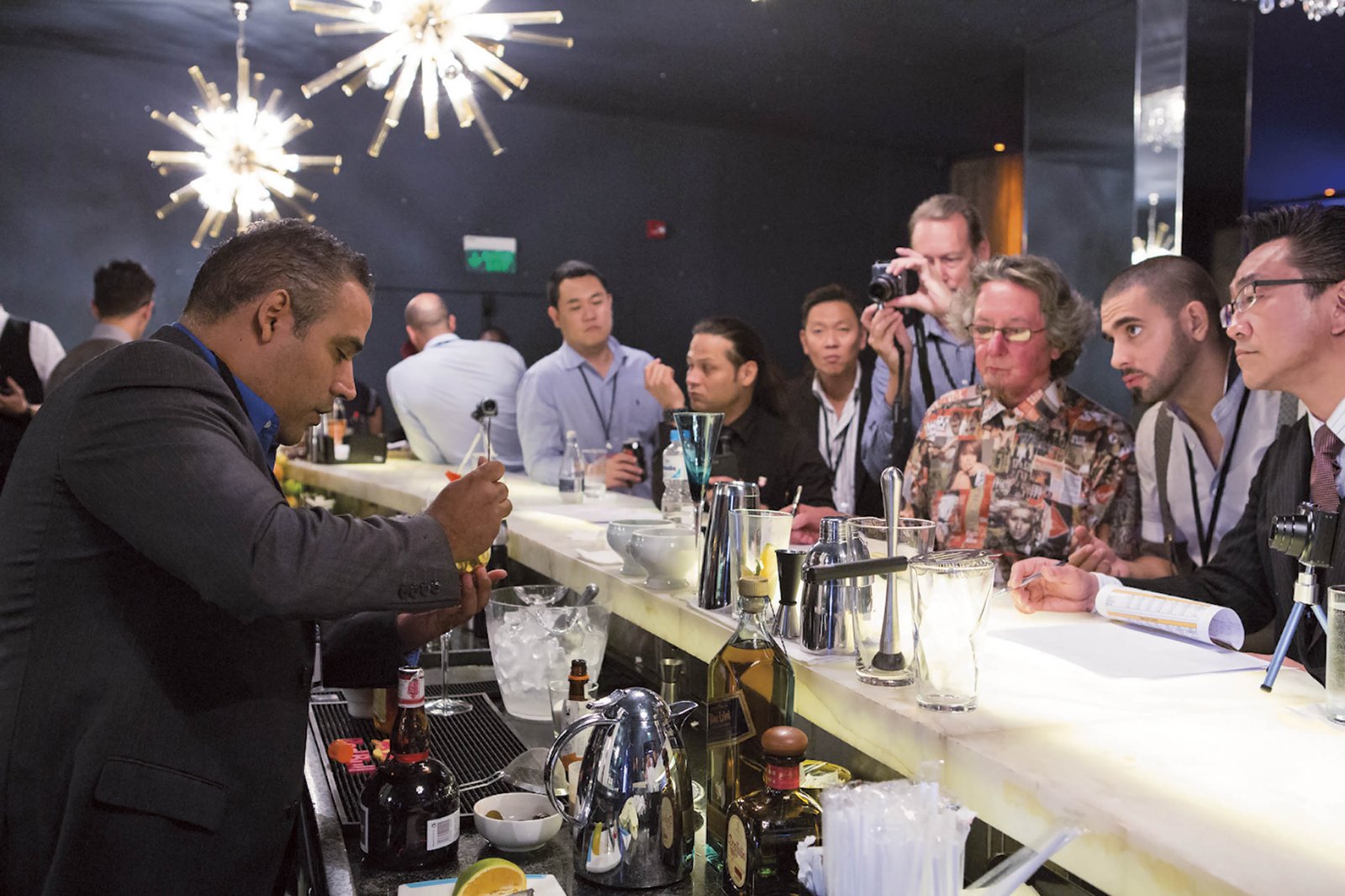
And to think that during the early 20th century cocktails were almost unknown. Liquor was mixed with tonic water for the sole purpose of diluting it for the benefit of more delicate stomachs. Change came, as it invariably does in the course of human history, in the form of an ingenious answer to a distressing need, explained Arturo Savage, the Diageo Ambassador for Latin America. “During Prohibition in the 1930’s in the United States, illegal bootleg spirits (known as bathtub gin) tasted terrible. The bartender would disguise the taste using fruit juice, syrups, and so on.” Following the war, the glamorous 1950´s arrived and the legalization of alcohol led to more refined products. Drinking was pleasurable. More professional cocktails were created from a great number of liquors, juices, and mixers…that is how the bartender became today´s mixologist.
The status and future of the sumptuous art of mixology is decided in contests like the World Class in Rio. The fact that the contest is taking place in a Latin American city is an indicator of how well the region is weathering the world economic crisis, recognizing the earning power of the middle and upper classes which are now on the radars of luxury multinational brands. Puerto Rico, México, Costa Rica, Colombia, the Dominican Republic, Trinidad and Tobago, Brazil, and Panama are all sending representatives to the international competition; the representatives from Switzerland and the United States are also from Latin America.
I start with the first session, which is held in the Copacabana Hall. Brazil’s Paulo Freitas is creating his version of the classic Bloody Mary for the judges during the Classic & Vintage contest. “I prepared a Bloody Mary with vodka Cîroc syrup. It is a universal beverage that allows you the freedom to choose and select; it’s a lot like vodka, and it provides a good balance of citrus, sweet, and sour flavors,” observes the thirty-year-old Brazilian, who seems to be holding up under the stress of being the host city’s candidate. He didn´t seem nervous as he talked the judges through the preparation process; on the contrary: his demeanor was that of a confessor and he prepared his beverage with the diligence and serenity of a Tibetan monk creating a mandala. Of course, every mixologist has also been a bartender and knows how to act as an impromptu psychoanalyst, lending a sympathetic ear to clients who are overwhelmed by work and daily stress.
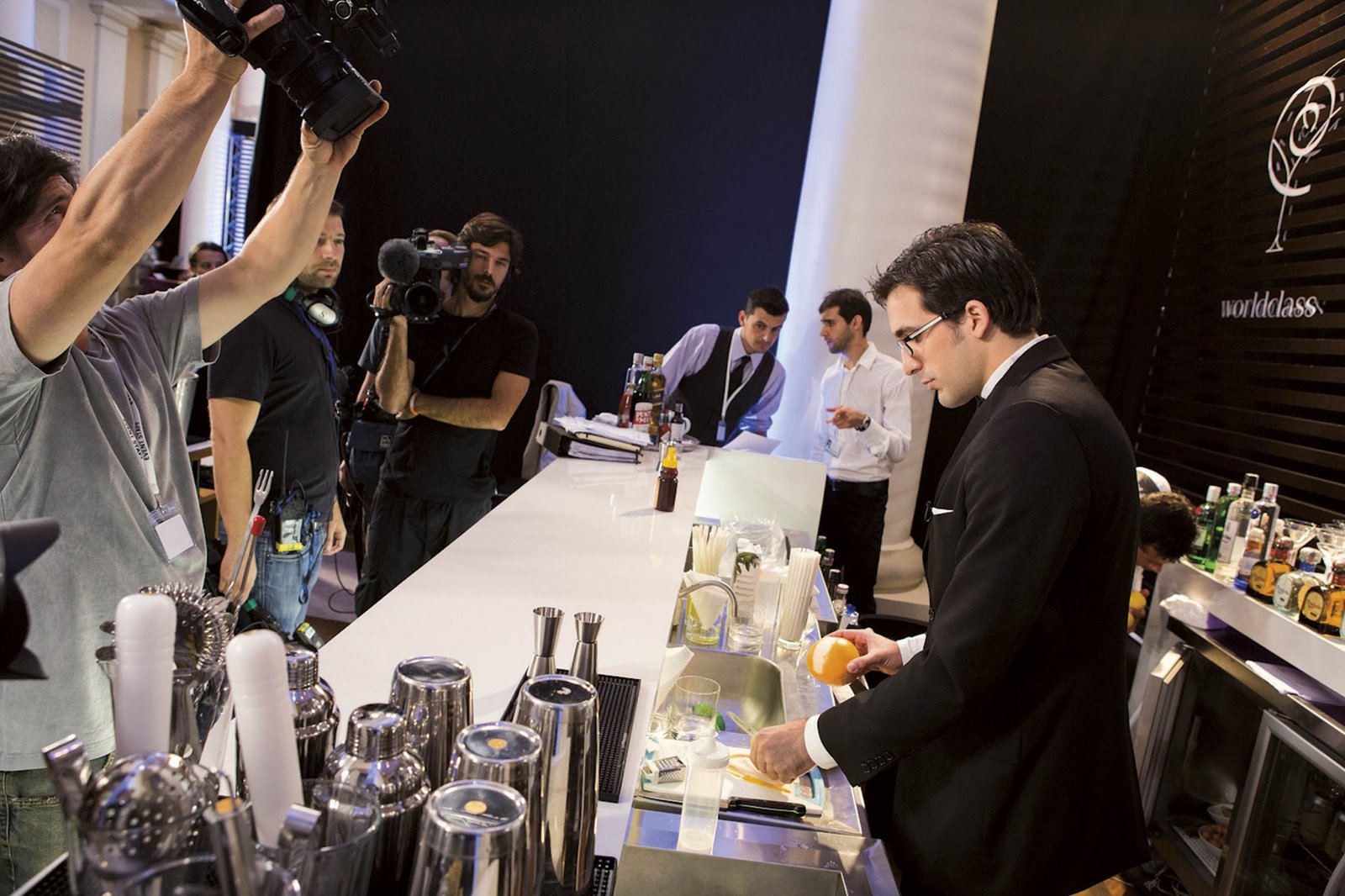
I follow the Latin American participants. Adrián Vega from Costa Rica was competing in the same round as the Brazilian. This twenty-one year old Costa Rican was bitten by the mixology bug at the age of twelve, when a book on cocktail preparation fell into his hands and he started making drinks for his parents. Vega is a double first timer: it´s his first competition at this level and the first time his country is participating in the World Class. “I really liked meeting other mixologists and learning new techniques. I feel very motivated and at the same time I feel a great responsibility to do as well as possible. The knowledge acquired this week has helped me to grow professionally; I see the art of mixology as a great opportunity for growth.” Vega met the Classic & Vintage challenge with a Rob Roy, following his own version of the Red Rider prepared with gin, port, and honey; it was apparently well received by the judges.
I orbit around the hall to meet delegates from other countries and dispel my ignorance. I once thought all mixology competitions included juggling with bottles and glasses, but I am met by the discreet elegance with which these professionals prepare and present their drinks. The only time the affable restraint breaks is when a participant works the cocktail shaker. I don´t know if additional points are awarded for shaking, but the audience applauds and cheers every time. Stephon Scott, from Trinidad and Tobago, is a particular favorite with the audience. This Trinidadian entered the world of cocktail mixing by chance; while working as a host for a restaurant in Port of Spain, he was dazzled by a “flair” (the juggling category) contest.
“I liked it very much, and I went to the bar manager and told her I wanted to do that kind of work. She asked me what I knew about bartending and had me prepare a Screwdriver. My first drink wasn´t perfect, but I persevered and learned about cocktails. In 2006 I became a bartender and I was overjoyed. The following year, I entered a bartending championship and came in fourth. I competed again and placed second, but I won in 2008, and 2009,” Scott remembers.
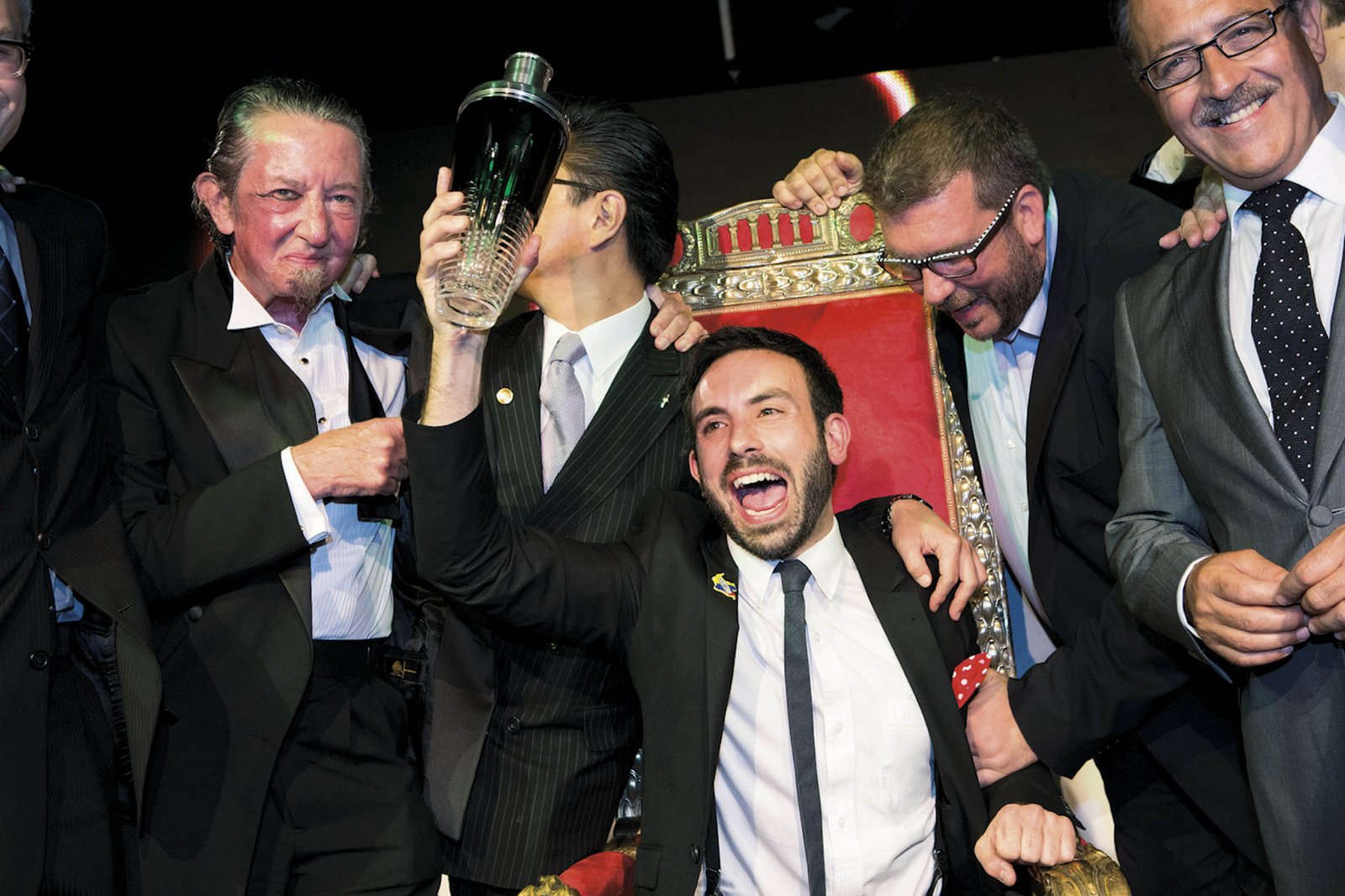
Scott was the only mixologist from the region to make it to the semifinals. From then on, the Latin American delegates became audience members. Now that they were more relaxed, I was able to interview a few of them. I asked Juan Valderrama from Colombia what he thought cut him out of the second round. “Although I have a lot of creativity, I lack some technique and method. If you watch some of the contestants, like the one from Italy for example, you will notice that Latin America’s technique doesn’t quite measure up. I think I just need to work on my technique, because creatively we’re doing fine,” he explains. Other competitors mention the abundance of fruit in their region that leads them to make sweeter drinks which are not as common in other latitudes.
For various reasons the Latin American mixologists must continue to validate their skills before their North American, European, and Asian counterparts. The competitors in Rio will return to their countries with valuable experience. Valderrama wants to change the bartending profession in Colombia: “I want to take it to another level so that the next Colombian in World Class feels at home.” Luis Franco, Panama´s representative, hopes to open doors for the country, raising it to a world class level in mixology so next time, the delegate will have a chance. “I want to be able to help the next person to represent Panama. I want to be able to tell him: this is how it goes. Because you can have good training, but things may happen that you don’t expect. I want to be able to train the next contestant so that he does a good job.” Once mixology is in your head, it is very difficult to get rid of it: Luis Franco may have told me that it is a science, but it is more about magic and alchemy, like a religion or a cult with its own rituals, liturgy, and curses.
In addition to the dreams of the delegates, multinational liquor companies are interested in developing the profession in Latin America in order to expand the consumption of their products in a market with growing earning power. “After noticing the explosive growth and increasing professionalism of bartenders in Latin America and the Caribbean, Diageo has started its ‘Learning for Life,´ program in several countries to provide better training and education for those interested in a profession as profitable as bartending,” Stuart Kirby, the company´s Public Relations Officer for the region tells me. In any case, Latin American and Caribbean mixologists continue aiming high, and in mid-June they will meet in Panama City for a week of training before World Class 2013.

